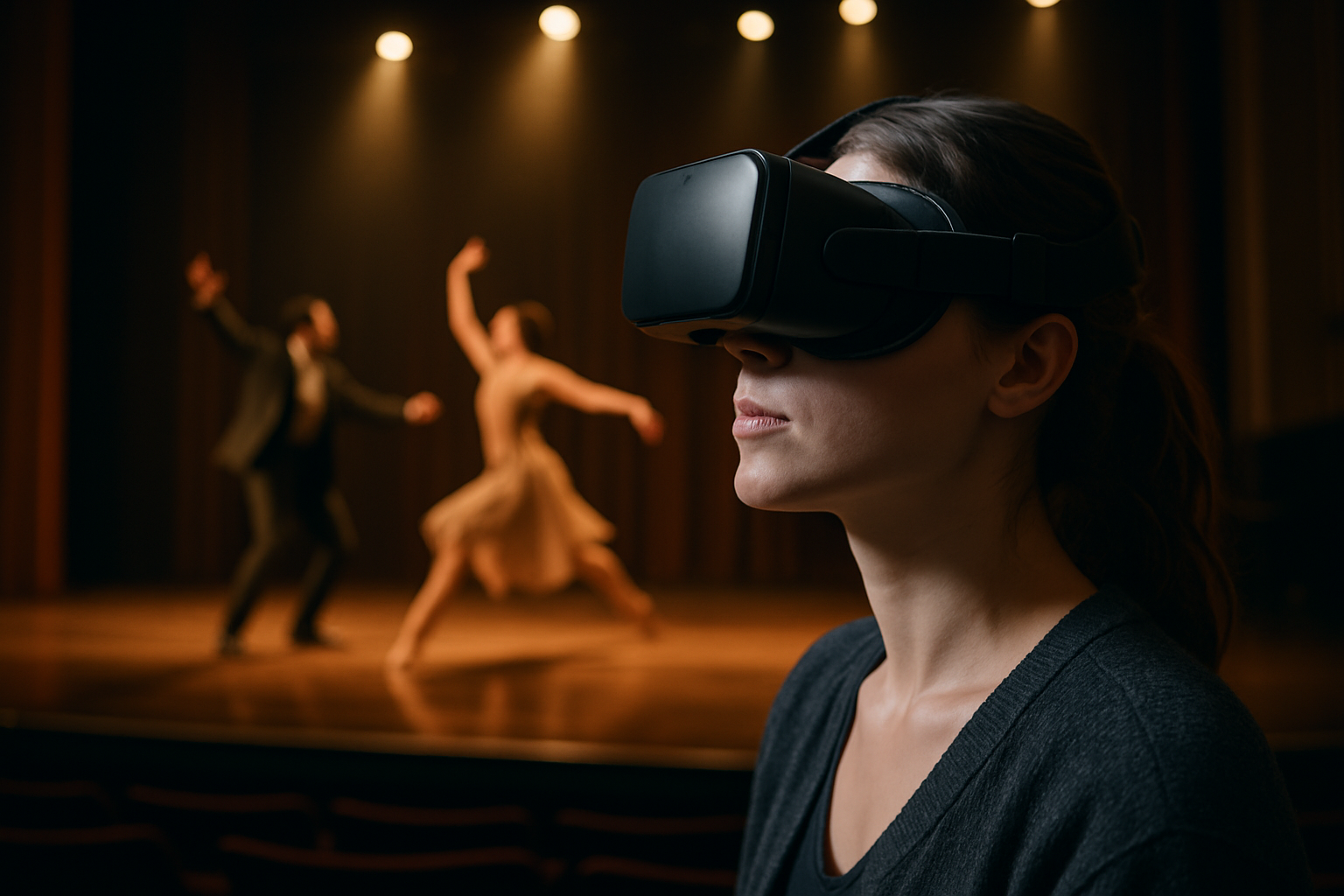Holographic Actors: Revolutionizing Live Performance
In an era where technology continually pushes the boundaries of artistic expression, holographic actors are emerging as a groundbreaking force in live performance. This cutting-edge fusion of digital wizardry and traditional stagecraft is captivating audiences worldwide, challenging our perceptions of reality, and redefining the very essence of theatrical entertainment. As holographic technology evolves, it's not just changing how we experience performances—it's reshaping the entire landscape of live entertainment.

Beyond Resurrection: New Frontiers in Holographic Acting
While early holographic performances focused on resurrecting deceased artists, the technology has rapidly evolved. Today, holographic actors are not limited to recreating the past—they’re creating entirely new characters and experiences. From fantastical creatures in theatrical productions to lifelike digital hosts at corporate events, holographic actors are pushing the boundaries of what’s possible on stage.
The Technology Behind the Magic
The creation of holographic actors involves a complex interplay of cutting-edge technologies. High-definition projectors, motion capture systems, and advanced rendering software work in concert to create lifelike, three-dimensional images that can interact with live performers and audiences. Recent advancements in real-time rendering and AI have further enhanced the realism and responsiveness of these digital performers.
Ethical Considerations and Industry Impact
As holographic technology becomes more prevalent, it raises important ethical questions. The use of deceased artists’ likenesses, for instance, has sparked debates about posthumous rights and artistic integrity. Moreover, the increasing use of holographic actors has implications for the entertainment industry workforce, potentially affecting job opportunities for live performers.
The Future of Holographic Entertainment
The potential applications for holographic actors seem limitless. From educational experiences that bring historical figures to life, to multilingual performances that can adapt to different audiences, the technology is opening up new creative avenues. As holographic technology continues to advance, we can expect to see even more innovative and immersive experiences that blur the lines between the digital and physical worlds.
Audience Reception and Cultural Impact
Holographic performances have been met with a mix of awe, skepticism, and curiosity. While some audiences are captivated by the novelty and spectacle, others question the authenticity of the experience. This technology is not just changing how we consume entertainment—it’s challenging our very notions of performance, presence, and human connection in the digital age.





